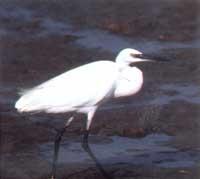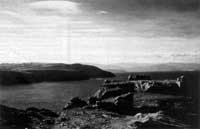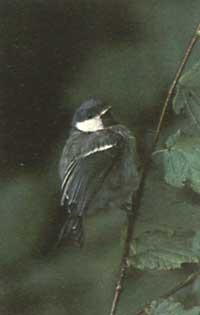Gull Argéntea, White Candle
1991/04/01 Aihartza, Joxerra Iturria: Elhuyar aldizkaria
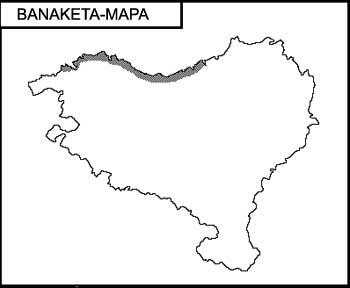
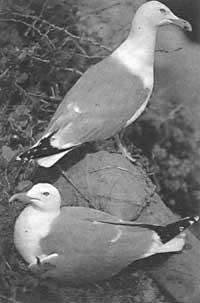
The argéntea seagull ( Larus argentatus) is undoubtedly the best-known bird on the Basque coast. It is frequent to observe that in our beaches and rías, ports and mouths, or in the discharges to the sewer, food is being sought.
The most common and widespread of our gulls, of more than a kilo of weight and 55-70 cm of height. The adult specimen has an almost white plumage, except on the back and on fins, which are bluish gray. At the ends, however, they have a black color stained white. The coloration of the legs is quite variable in this species, but in the subspecies of michael elis that inhabits Euskal Herria is usually yellow. The beak is also yellow, with an intense red spot that seems to have great importance in the growth of chickens.
It is a magnificent flyer, with strong continuous flights that allow to reach medium and large altitudes. He is also a swimmer and can often be seen in the standing uraxal, resting in large groups or sleeping. It has no tendency to get away from the sea shore. On the contrary, go up and down looking for nice places to spend lunch or night. It is also common to observe it after fishing fleets, and when this happens, it is a sign that the boat brings fish.
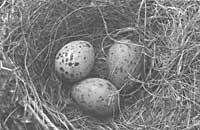
This animal extends throughout Europe along with the reidora gull ( Larus ridibundus). One of the reasons for its success is undoubtedly the ease that this bird has to take advantage of any type of food, at the same time that it has managed to maintain the closeness of the human being and take advantage of it, in its favor. Like many other seabirds, although it feeds on fish, worms and other invertebrates, and the slaughter offered by the sea, it has also learned to eat waste from landfills and sewers. Thus, the availability of food is not a limit for the expansion of this bird that has become a real marine candle.
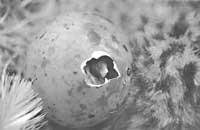
Argenic Gull, like other seabirds, is a gregarious animal. The gregarious tendency manifests itself in the search for food, in migrations, in winter colonies and in reproduction. The most important nesting sites in the Basque Country have been located in Bakio, Gaztelugatxe, Izaro, the rocks of Ogoño, Igeldo, Ulia and Jaizkibel. In Iparralde it does not nidify, especially because the topography of the north shore can be laun and simple.
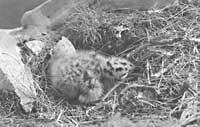
The Argéntea Gull chooses the most difficult and inaccessible places on the coast to nest: rocky islands, rocks, etc. In these places, and from April, large groups of seagulls gather to nest. These nests are usually herbaceous structures built between males and females, which are placed on the edges and holes of the rocks. They usually lay between 2 and 3 eggs per txitaldia, which is usually one per year. However, if the nest is lost at the beginning of the reproductive time, you can try to take out the second.
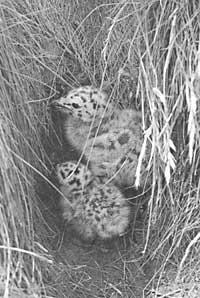
Like most nesting birds on land, argenic gull eggs have a cryptic coloration. These are usually painted. The basic color presents a variability from greenish brown to blue. The txitos that are born between 25 and 33 days present a similar coloration and escape to the herbs or stones near a few days of their birth, hiding in them. The flirting is done exclusively by the female, while the male is in charge of defending the territory of his nest from the rest of the gulls. In fact, in breeding colonies nests are usually very close to the baptismal font. The growth of the chickens is usually the work of the male and the female.
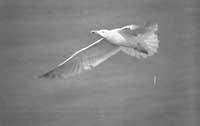
It seems that the red scar of adult seagulls at the beak attracts the kid and he starts pecking food. Adults then supply semi-liserated foods. In the first days of the life of the kid this activity develops in the nest, but soon after the kid stays in the herbs and cuttings of the area until their parents arrive. At that moment, they abandon the hiding place and surround them at full speed in search of food.
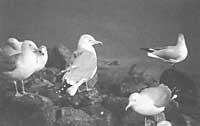
The kids are already able to fly six weeks after their birth. At this age its coloration is quite different from that of adults, with the back and the upper face of the fins in brown and marbled dark, the tail with whitish stripes and dark brown, the bill and the black legs, while the ventral part is whitish, always marbling of males. This coloration will change over four years, reaching at the end of this period and along with sexual maturity, a white clothing for adults.
The Argéntea Gull presents a Holarchic distribution. It nests in North America, Europe, Asia and northern coasts of Africa, Iceland and Atlantic islands. They can also be sedentary and migratory, and in all cases they perform dispersion movements.
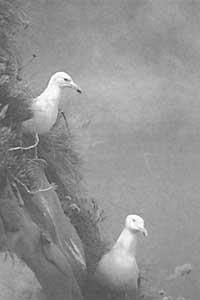
Technical information: Venezuela |
SPECIES: Larus argentatus |

Gai honi buruzko eduki gehiago
Elhuyarrek garatutako teknologia



